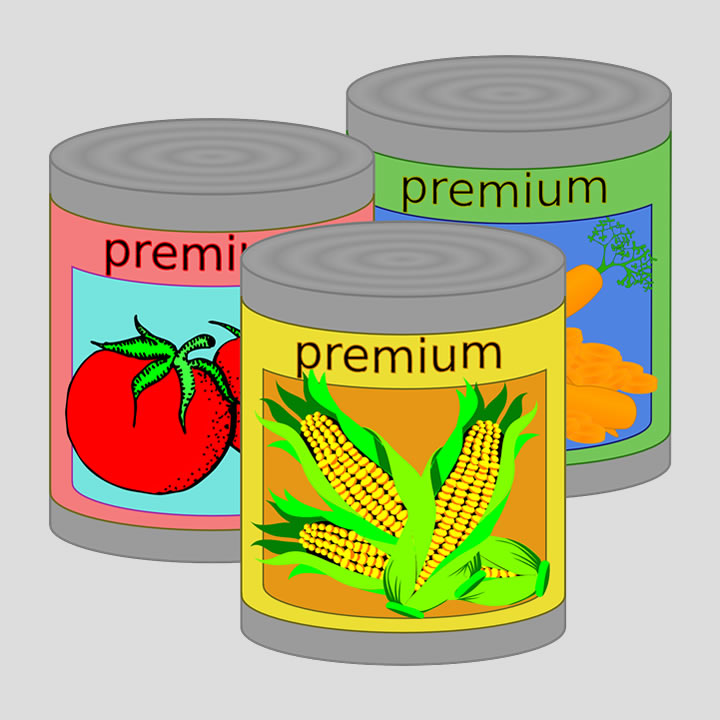All customers who purchase food or beverage items expect only the highest quality when it comes to their purchases, and they want something that not only tastes good but is safe and uncontaminated as well. They certainly want value for their money, and as a food or beverage product producer, it’s your job to make sure that you manage their expectations. Your products’ quality should be a priority from the get-go, and you can only be sure of this if you use the right production processes – and the right tools and machinery. Speaking of machinery, if you want to speed up your production as well as give your customers a higher-quality product, a seaming machine is your best choice. But what exactly can it do, and why is it essential? Here’s everything you should know about seaming machines: what it is, its uses and function, and more.
The function and uses of a seaming machine
Can seaming machines are designed to seal the lid of a tin or can to the can or tin’s body, and it can do this with either a double or a triple seam. The seaming machine’s main purpose is to provide a leak-free seal for the can or tin so that the product inside remains fresh and retains its quality and last longer as well.
A standard can seamer machine will feature either one seaming head or two, and each head is considered a separate machine. Some of the more in-demand seaming machines may have as much as four seaming heads, although you can also find machines with as many as six and as much as 12. Needless to say, the greater the number of heads, the faster the production speed, and machinery with a higher number of heads are used more for industrial production where companies need more speed. You can choose to have a seaming machine which is automated, allowing you to streamline your production process and even save expenses on labour. If you want to speed up your production process and procedure even more, you can integrate automatic machinery for packaging to your seaming machine and production line as well.
The types of seamer machines you can use
There are different types of seamer machines available today, and the roster includes fully-automated seaming machines as well as machines with special or unique designs like the non-rotary and rotary machine. A fully-automated machine doesn’t require much operational interaction from workers because it can handle all processes and steps automatically. Workers will only need to place the tin’s lids right into the seaming machine, and they can do this in bulk as well. On the other hand, you can also opt for smaller semi-automated seaming machinery, where the operator is required to just initiate the entire process with the use of a finger or foot switch per cycle.
A rotary machine is another option, and this kind of seaming machine can seal the tin whilst it rotates on a special axis. You can opt for a fully-automatic rotary machine as well, which enables the faster sealing of tins. Non-rotary seaming machines work by allowing the tins to stay in place whilst they are being sealed, and this can also help mitigate damage to the tins or containers.

